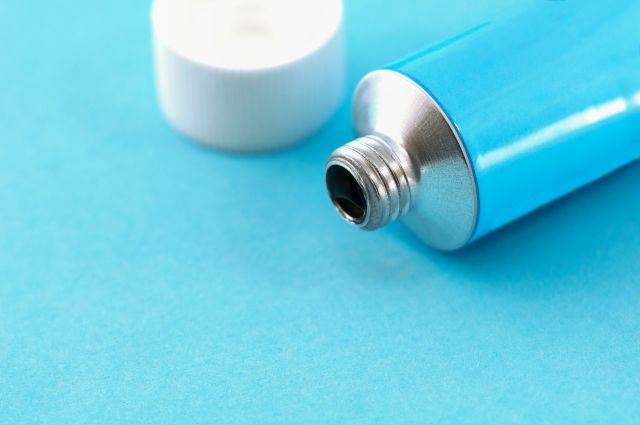Testosterone is a male hormone that plays a significant role in sexual health and functioning, as well as bone density, blood cell counts, muscle mass, and cognitive function. As with other hormones, the body requires the right amount of testosterone to function well and stay healthy.
When levels of testosterone are too low, problems can occur. These can include a loss of libido, erectile dysfunction, loss of muscle mass, accumulation of body fat, fatigue, and mood changes. Low testosterone can also contribute to conditions like osteoporosis and depression.
These symptoms and the potential for complications lead many people to consult a healthcare provider and seek treatment for low testosterone.
Treatment for low testosterone is broadly referred to as “testosterone replacement therapy,” or TRT. A commonly prescribed TRT comes in the form of topical gels.
Testosterone gels
These gels are applied to the skin. They allow testosterone to be absorbed into the body and boost testosterone levels.
Gels are applied directly to the skin each day. They take between two and five hours to fully absorb. During that time, a person must avoid showering, swimming, or contact with others.
There are several different gels available, and instructions on dosing and application will differ between specific products.
Risk of transfer
Testosterone gels are also a cause for concern. While the treatment is meant for the user alone, there is a risk that the medication can be spread to others through physical contact or from clothing, where it can be absorbed into that person’s skin.
There are accounts of women and children being exposed to testosterone gel. This can lead to symptoms such as hair growth on the face or other areas of the body, deeper voice, significant increase in acne, enlarged sex organs, aggressive behavior, and bone problems. It can also result in birth defects if a person who is pregnant comes into contact with the gel, and it can be harmful to infants if transferred through breastfeeding.
Avoiding transfer to others
There are steps a person can take to avoid transferring testosterone medication to others. The first step is to carefully read the safety information included with the testosterone gel. The safety information will have detailed instructions on how to use and how to store the medication, as well as precautions to take to avoid spreading it to others.
Here are some other precautions to take:
- Wash hands immediately after applying a testosterone gel.
- After applying the gel, cover the area where it was applied with a t-shirt or other clothing.
- Wear gloves if applying testosterone gel to another person.
- If you are going to be in close physical contact with others, shower beforehand.
- Keep any clothing that might have come in contact with the gel separated.
This is also a topic that you should discuss with your healthcare provider.
Other options for TRT
If you are concerned about the potential risks of using a topical testosterone gel, you might consider switching to a different type of TRT—there are many available, including oral medications, transdermal patches, injections, subcutaneous implants, and nasal gels.
As always, your healthcare provider will be your best source of information. They can help you better understand the risks and potential benefits of different therapies and choose one that is best for you.





